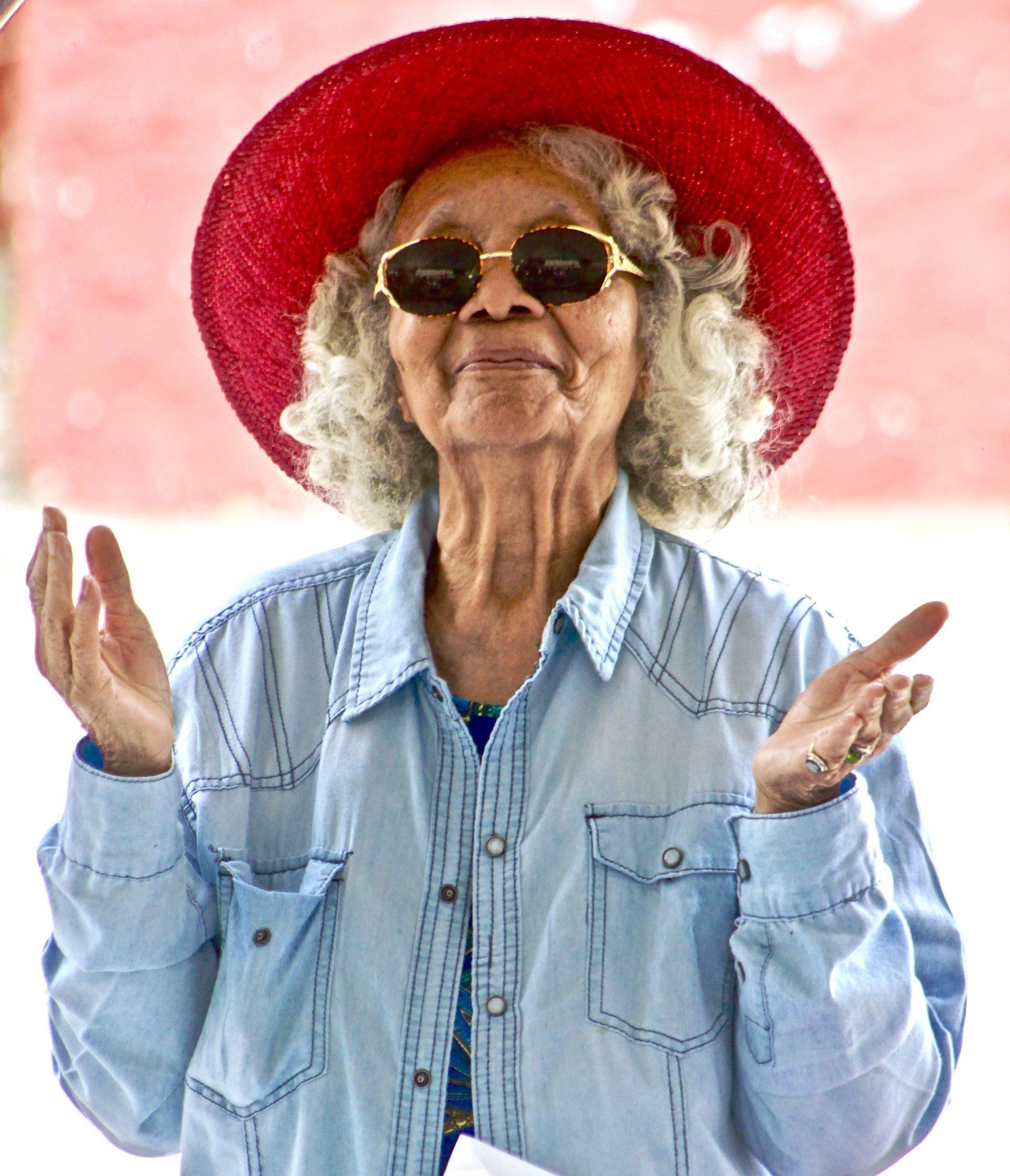Ice or Heat ... When, Why and How
Should I use ice or heat for back pain?
Heat therapy is particularly helpful with chronic conditions, especially muscle stiffness and soreness. Localized stiffness may benefit from heating packs while regional stiffness and denser tissues may respond better to a warm bath. If the lower back pain is the result of a recent injury, such as a muscle strain, it’s best to follow the R.I.C.E. method for the first few days then, after about 72 hours, transition to heat therapy.
Should I use ice or heat for pulled muscles?
A pulled muscle should first be treated using the R.I.C.E. method. During the first 72 hours, heat should be avoided to prevent increased swelling and inflammation. After about 72 hours, heat can be incorporated into treatment to increase blood flow and aid the overall healing process.... and should be alternated with ice... ending on ice.
Should I use ice or heat for swelling?
After an acute injury, ice should be used to minimize swelling for the first two to three days. After this period, heat can be used to increase blood flow and assist the natural healing process. Applying heat too early may cause additional swelling by increasing blood flow to the injury. Again, alternate with ice when you do incorporate heat... always ending on ice.
Should I use heat or ice for muscle spasms?
Heat therapy increases blood flow and this improved circulation may help with muscular spasms throughout the body. Massage and stretching may also alleviate pain and discomfort associated with a spasmodic muscle. We recommend you alternate ice and heat as it goes back and forth between vasodilation and vasoconstriction.
Should I use ice or heat for neck pain?
Many patients ask whether or not to use heat or ice for stiff neck muscles. Neck pain associated with chronic pain, general muscle soreness, or stiffness should be treated with heat therapy. However, a new injury usually calls for the RICE method to be used for the first two to three days, and then individuals may transition to heat therapy.
Takeaways:
The type of injury will help determine the proper ice or heat regimen moving forward. For new acute injuries, the RICE method should be used immediately following an injury, and then heat can be applied after three days to increase blood flow. Ice and Heat should be alternated and always end on ice.
For chronic injuries, pain, stiffness, and soreness without swelling, heat may feel better but . Heat therapy may help with arthritis, knee pain, and stiff joints by using heat packs, pads, and submerging the affected area in warm water and following up with ice. In some cases, gel packs may be more effective than traditional ice and heat packs, due to their ability to form around the joint and penetrate tissues.
At Eaton Chiropractic we look at your body and your life as a whole. If you have a friend, family member or coworker who is looking to truly elevate their health have them give the team a call at 770-429-9733 for an initial consultation done at our expense. We are in network with all insurance, including Medicare and Kaiser.
SHARE THIS POST:
Leave a Comment:
Recent Articles:






Revitalize Your Health Now!
Take the first step towards a vibrant life. Schedule your consultation today and let Eaton Chiropractic transform your well-being. Your journey to health starts here!





